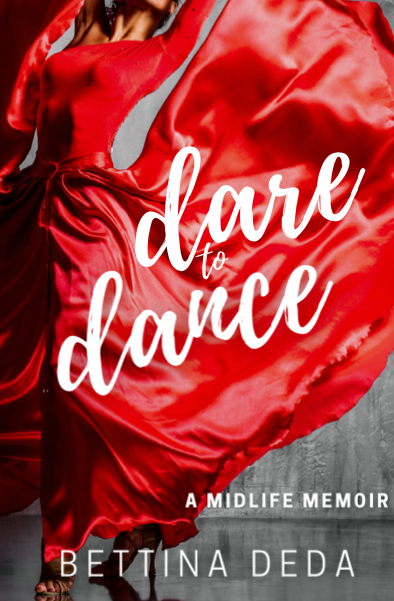You might remember that at this time last year I was in Germany visiting the world’s largest fair for residential and contract textiles, Heimtextil. The fair is held every January in Frankfurt am Main, Germany. Heimtextil visitors can obtain a quick overview of the coming seasonal trends at the new Theme Park, the central inspiration area in Hall 4.0. The creative head of the Heimtextil Designer Team and also the new Theme Park is the Dutch designer Anne Marie Commandeur from Stijlinstituut Amsterdam. Unfortunately, I could not attend this amazing and impressive show this year, but I would still like to share with you the latest trends from Germany, compiled by the Heimtextil designer team.
The overall theme for the season 2015/16 is Experience. Under this theme, the trend researchers have defined four major trends:
- Sensory
- Mixology
- Discovery
- Memory
Sensory
Sensory textiles are clever, as they act and react – to light, to touch, to heat and cold, and in the future perhaps also to feelings, according to the international designers. The more we experience the digital world as sterile and aloof, the more we long for an environment where we can feel good. The materials for sensory textiles are light and transparent: filaments, LED yarns and wearable electronics have been worked into fabrics that are translucent, iridescent and smooth.
The Dutch TextilLab at the Textile Museum in Tilburg (Netherlands) is one place where textile designers work very creatively on the materials of the future. First products are already on the market, with Eijffinger offering wallpapers in reflective, shiny materials, in pastel colours such as light turquoise and pink and with geometric structures. At DesignEx 2014, Boyac presented eLumino by Création Baumann.
Memory
The Memory trend puts the emphasis on reflection and rethinking, and the designers have combined craftsmanship and tradition with their innovative sense of modernity. Nostalgic elements have been re-interpreted, and highly sophisticated, skill-based artistic techniques went into the creation of cutting-edge textiles.
A range of manufacturers has followed this trend, including Rasch with its wallpapers featuring hand-painted flowers and rose patterns. Christian Fischbacher from Switzerland presented collections of bed linen with delicate floral motifs, inspired by botanical paintings from old masters.
Discovery
How can we use the resources of our planet in the future? And how will the virtual world impact the world of materials and aesthetics? Those are key questions, which led to the definition of the Discovery trend. This idea is based on sculptural structures and extravagance, with a major emphasis on light.
The Discovery trend includes, for instance, the synthetic upholstery from Hornschuch, with virtual seams, which not only look real but which also feel real – in metallic shades that change with the incidence of the light. The French company Élitis presented wall hangings with a metallic or pearly shine and pleated like extravagant evening dresses. Teba offers vertical blinds with richly textured materials and, in its Art Edition, macro-knitted stitches in braided patterns on its blinds. Decobel from Italy showed relief-like designs and smoked surfaces, interwoven with metal threads.
Mixology
Mixology plays with the clash and fusion of different cultures, which leads to experiments in recycling and up-cycling of new fabrics and patterns. The main model for ethnic trends is currently Africa, in particular, with its intensive colours and patterns.
Examples of the Mixology trend are the colourful ethnic patterns in the collection of bed linen and bedspreads from Kas Australia. Tecido from Japan presented wallpapers with ethnic designs and modern interpretations of motifs, such as birds and feathers as well as modern materials.
For more information about the Theme Park click here, and to watch the Experience trend video, click here.












